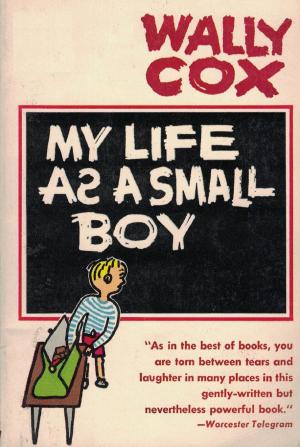Confederate Cavalry At Chickamauga - What Went Wrong?
Nonfiction, History, Modern, 19th Century, Americas, United States, Civil War Period (1850-1877), Military| Author: | Major Lawyn C. Edwards | ISBN: | 9781782896432 |
| Publisher: | Golden Springs Publishing | Publication: | August 15, 2014 |
| Imprint: | Golden Springs Publishing | Language: | English |
| Author: | Major Lawyn C. Edwards |
| ISBN: | 9781782896432 |
| Publisher: | Golden Springs Publishing |
| Publication: | August 15, 2014 |
| Imprint: | Golden Springs Publishing |
| Language: | English |
This study investigates General Braxton Bragg’s use of cavalry during the pivotal Tullahoma and Chickamauga Campaigns. As army commander, Bragg was responsible for organizing units, selecting commanders, and assigning missions. His decisions had significant impact upon the tactical and operational fortunes of the Army of Tennessee and on Confederate strategy.
First, this investigation defines the unique heritage of American cavalry. Second, it addresses the actual employment of cavalry in the United States of America. Did these roles coincide with those of European cavalry? Did available army and cavalry leadership play a crucial part in the successes and failures of Confederate plans? Do the careers of Generals Bragg, Wheeler, and Forrest offer clues to their efforts at Chickamauga? Also, how did the elements of national power (political, military, economic, geographic, and national will), contribute to Confederate cavalry performance?
This study concludes that blame is to be shared between the commanders involved and the system within which they fought. This study presents an in depth view of the performance of Confederate cavalry in this “victory” at the “River of Death”.
This study investigates General Braxton Bragg’s use of cavalry during the pivotal Tullahoma and Chickamauga Campaigns. As army commander, Bragg was responsible for organizing units, selecting commanders, and assigning missions. His decisions had significant impact upon the tactical and operational fortunes of the Army of Tennessee and on Confederate strategy.
First, this investigation defines the unique heritage of American cavalry. Second, it addresses the actual employment of cavalry in the United States of America. Did these roles coincide with those of European cavalry? Did available army and cavalry leadership play a crucial part in the successes and failures of Confederate plans? Do the careers of Generals Bragg, Wheeler, and Forrest offer clues to their efforts at Chickamauga? Also, how did the elements of national power (political, military, economic, geographic, and national will), contribute to Confederate cavalry performance?
This study concludes that blame is to be shared between the commanders involved and the system within which they fought. This study presents an in depth view of the performance of Confederate cavalry in this “victory” at the “River of Death”.

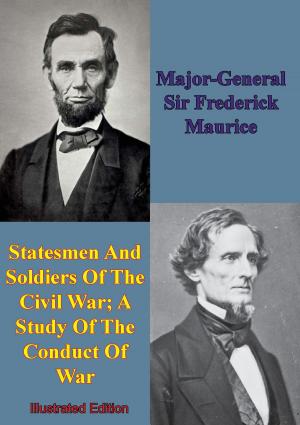
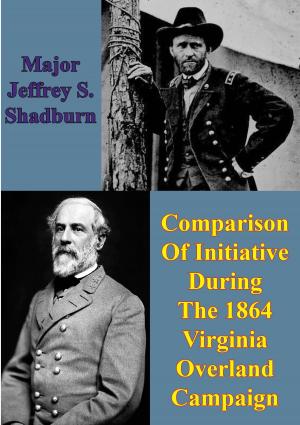
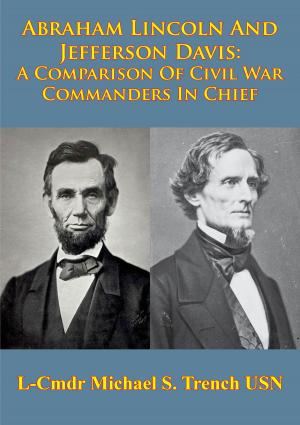
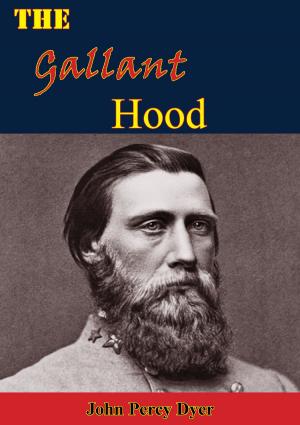
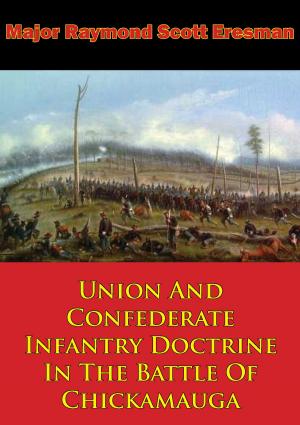
![Cover of the book With General Sheridan In Lee's Last Campaign [Illustrated Edition] by Major Lawyn C. Edwards](https://www.kuoky.com/images/2014/august/300x300/9781782895367-68S6_300x.jpg)
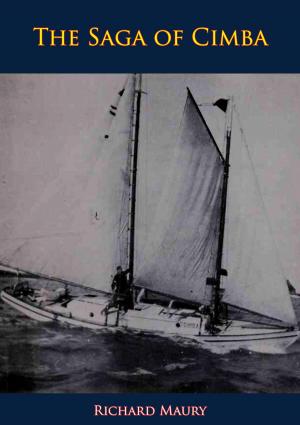

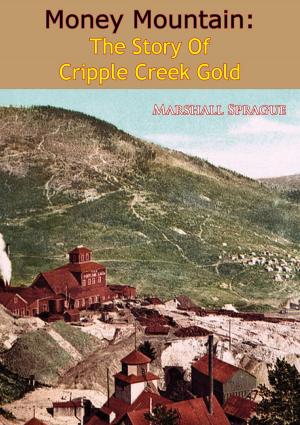
![Cover of the book Analysis Of The Relationship Between Technology And Strategy And How They Shaped The Confederate States Navy [Illustrated Edition] by Major Lawyn C. Edwards](https://www.kuoky.com/images/2014/august/300x300/9781782896067-yTa1_300x.jpg)

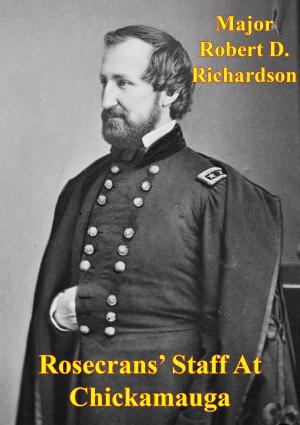
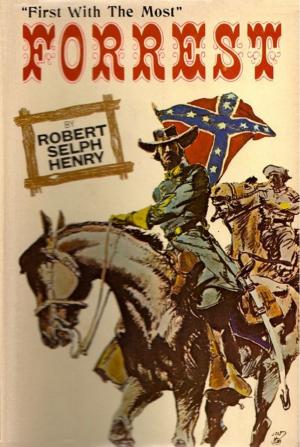
![Cover of the book Battle Of Antietam, Staff Ride Guide [Illustrated Edition] by Major Lawyn C. Edwards](https://www.kuoky.com/images/2014/august/300x300/9781782898603-afSG_300x.jpg)
